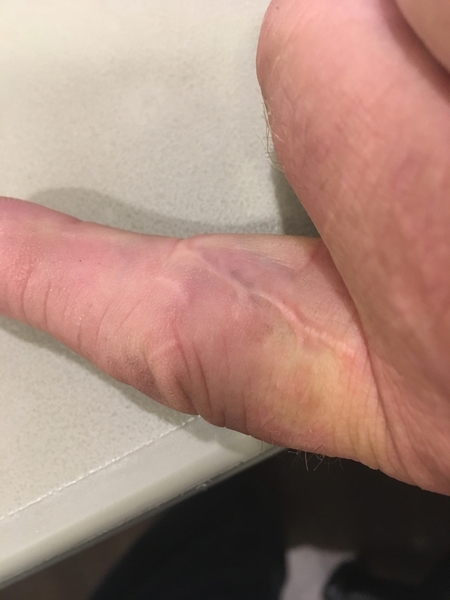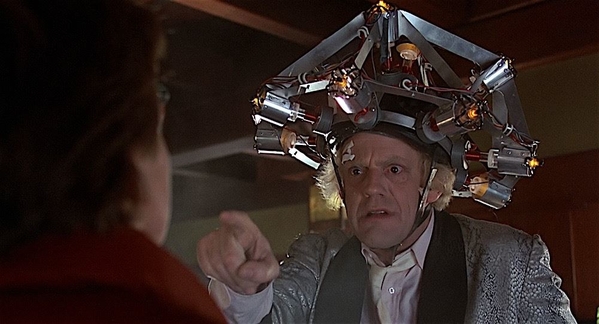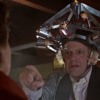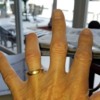When I was a kid, in my Dad's workshop we had a tool magnetizer/demagnetizer that we used on screwdrivers and such to hold screws to the driver as we were assembling stuff. You could use the same screwdriver either magnetized or not - pretty cool. It even could magnetize small sockets for the same purpose. Wicked Cool! This is what it looked like - I think we got it from my great-uncle Clarence, the machinist:
https://www.ebay.com/itm/Vinta...-Works-/382507219952
It worked great and we used it for decades, but when I was cleaning out Dad's shop after he passed I couldn't find it. Either it died and was tossed or someone else got to it first. Either way, I've been missing the convenience of this tool and finally decided to build one for myself. A quick look at the InterWeb got a few credible hits on a DIY version, and I started looking for a donor motor which I found at my sister-in-laws. Since my brother would never throw anything away, she still had an old oil burner unit when it was replaced with a newer, more efficient one. I found two of those old burners in her cellar, and she was more than happy to see them go, so here's what the motor looks like when removed from the burner. I attached a junk box AC cord to it when it was still assembled and it spun right up - even the bearings were in great shape!
And this is what it looks like after the end cap and armature/rotor are removed - just a set of three windings going through the center and a start-up capacitor - basically, just one-half of a transformer:
So with that, I held a screwdriver well into the hole and plugged it in for a couple of seconds. "WHAM!" It pulled that screwdriver over to the side and held it fast, only releasing it when it was unplugged. Pretty dramatic! It could easily be removed once power was gone and, son-of-a-gun, the darn thing was now magnetic, strong enough to lift a 3" long 10-32 screw from the housing, shown just above the coil in the photo above.
The next test was to de-magnetize it, and to do that I placed the screwdriver back into the hole, plugged it in and while it was still plugged in I withdrew the screwdriver (it takes a little effort) and then pulled the plug. Sure enough, no magnetizism - dead as a nit. Then I tried a 5/16" socket on a 1/4" drive handle and it magnetized the socket strongly enough to hold a nut in the socket. I LOVE IT! And the hole is big enough to hold a large spark plug socket. Think of the possibilities!!
I think a few more of these gizmos are in order, as soon as I work up a decent, momentary-on switch and a nice housing at Home Depot (and maybe figure out how to delete that big, honkin start-up capacitor I no longer need). I need the momentary switch because the coil gets warm/hot after 15 seconds of "on" and the thermal cutout cuts out.
This might make a cool present for some local car/handyman guys I know...... I'll try to make it as classic-looking as that old one from L. W. Chuck Co.











